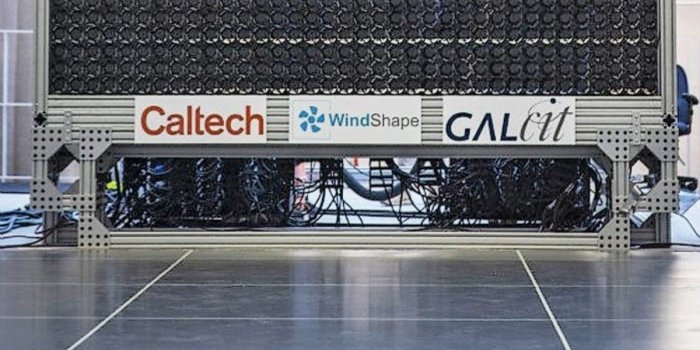K
Kathleen Martin
Guest
After years of anticipation, the drone delivery ecosystem is finally beginning to take shape in many parts of the world. But even as progress is made on the rules and infrastructure side, a singular factor wields the power to dash the hopes of drone deliveries en masse: the weather. Thankfully though, researchers are testing how 5G, mobile edge computing, and artificial intelligence can help drones detect, interpret, and respond to changing weather conditions in real time.
We’ve previously reported on a study that underscores why the weather is an important and poorly resolved factor that may affect ambitions to expand drone operations. More recently, Carol Tomé, the CEO at UPS, brought up the weather to downplay her company’s drone delivery ambitions, stating this at an American Chamber of Commerce event:
Researchers are testing how the low latency, high speed, and massive capacity of 5G and edge computing can be used to offload the heavy lifting that that onboard drone hardware is expected to do. Success could allow for near real-time interpretation of weather data and near-instantaneous in-flight adjustments.
So, for the next year, engineers would be cooped up in a lab that features a three-story-tall aerodrome with more than 2,500 tiny computer-controlled fans. This aerodrome will simulate everything from a gentle breeze to a powerful gale, while also being tilted 90 degrees to simulate vertical take-offs and landings.
It’s worth highlighting that this custom fan wall has been designed and built by Caltech graduate students. Even more impressively, its design was used as the blueprint for building the fan wall that tested the Mars Ingenuity helicopter at JPL, which Caltech manages for NASA.
Verizon, with its skin in the game, is providing funding for the research along with several 5G devices and consultation on 5G technology and hardware.
Continue reading: https://dronedj.com/2022/02/07/5g-drone-delivery-weather/
We’ve previously reported on a study that underscores why the weather is an important and poorly resolved factor that may affect ambitions to expand drone operations. More recently, Carol Tomé, the CEO at UPS, brought up the weather to downplay her company’s drone delivery ambitions, stating this at an American Chamber of Commerce event:
The problem is indeed real. And it’s one that’s got researchers from Caltech Center for Autonomous Systems and Technologies (CAST) and Verizon hooked – though the implications of this project are not restricted to aerial logistics alone.You can’t fly them when it’s windy. You can’t fly them when it’s rainy. There are lots of issues with drones.
Researchers are testing how the low latency, high speed, and massive capacity of 5G and edge computing can be used to offload the heavy lifting that that onboard drone hardware is expected to do. Success could allow for near real-time interpretation of weather data and near-instantaneous in-flight adjustments.
So, for the next year, engineers would be cooped up in a lab that features a three-story-tall aerodrome with more than 2,500 tiny computer-controlled fans. This aerodrome will simulate everything from a gentle breeze to a powerful gale, while also being tilted 90 degrees to simulate vertical take-offs and landings.
It’s worth highlighting that this custom fan wall has been designed and built by Caltech graduate students. Even more impressively, its design was used as the blueprint for building the fan wall that tested the Mars Ingenuity helicopter at JPL, which Caltech manages for NASA.
Verizon, with its skin in the game, is providing funding for the research along with several 5G devices and consultation on 5G technology and hardware.
Continue reading: https://dronedj.com/2022/02/07/5g-drone-delivery-weather/

